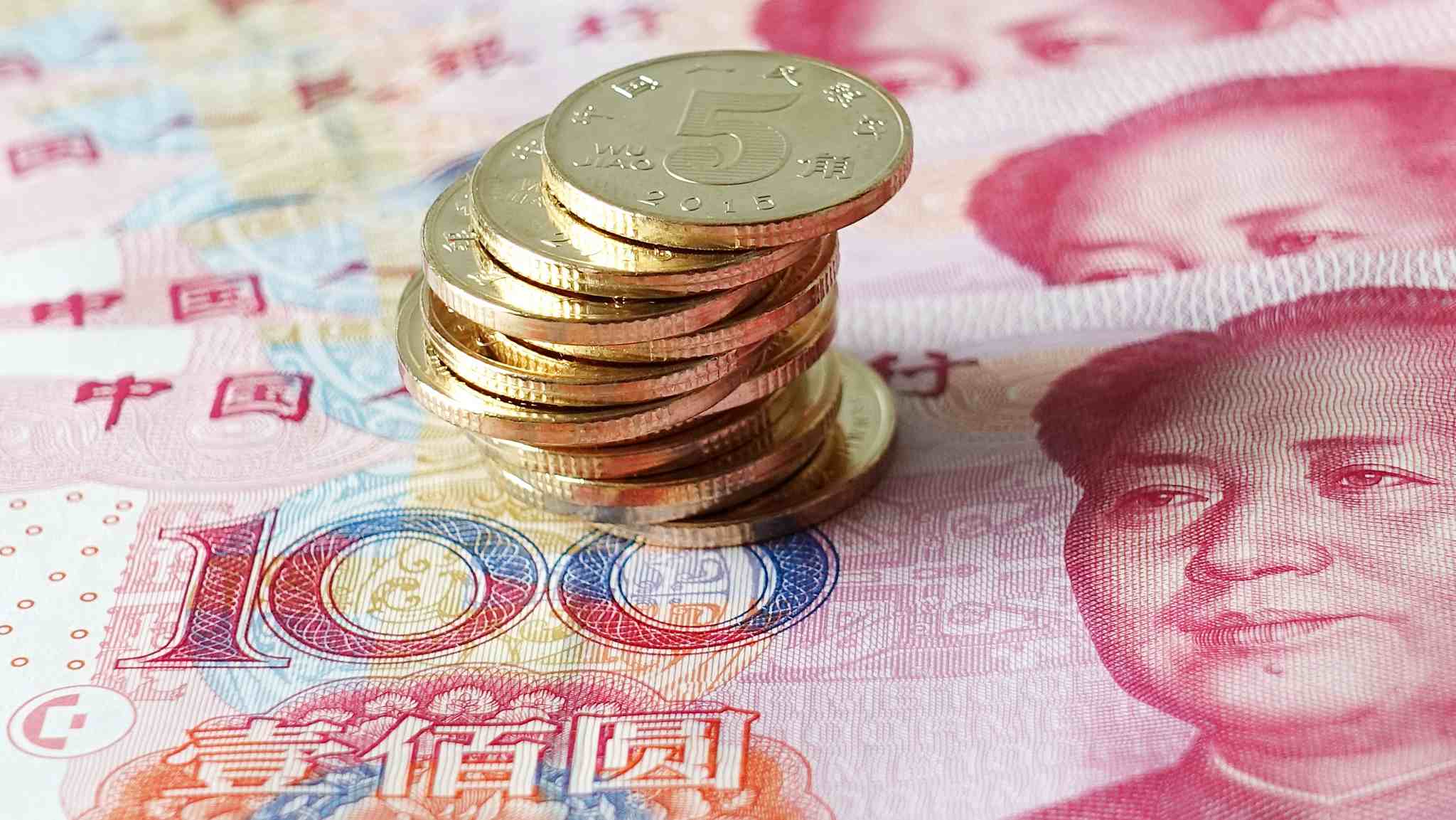
Economy
16:01, 20-Dec-2018
2018 in reforms: Transforming tax and SOEs
Updated
15:51, 23-Dec-2018
Nicholas Moore

As a milestone year marking the 40th anniversary of China's reform and opening up, 2018 saw further groundbreaking policies to open up various sectors of the economy.
From reforms in the auto sector to the removal of caps on China's lucrative financial services domain, 2018 has been a key year for the country as the Chinese economy continues to develop.
As Chinese President Xi Jinping said during the China International Import Expo in November, China's push for reform and opening up does not just benefit China, but benefits the whole world.
Read on for a recap of China's landmark domestic economic reforms in 2018.

Tax reform will play an important role in boosting China's development as a consumer-led economy. /VCG Photo
Tax reform will play an important role in boosting China's development as a consumer-led economy. /VCG Photo
China's domestic economic reforms in 2018
The context:
-- After 40 years of reform and opening up and very strong GDP growth, China's economic model has been transitioning from an exports and manufacturing-focused system to one built on consumption and services.
-- Reform and opening up has seen the emergence of a strong, innovative private sector, working alongside and competing with state-owned enterprises (SOEs).
-- A push for innovation has seen a rising number of startup companies established in recent years. Between 2013 and 2017, 59 of the world's 214 “unicorn” billion-dollar startups came from China.

China's private sector is set to receive further support from reforms in the coming years. /VCG Photo
China's private sector is set to receive further support from reforms in the coming years. /VCG Photo
The calls for reform:
-- Fragmented state and regional tax policies had complicated the overall taxation system, leading to confusion, loopholes and unbalanced tax burdens.
-- Government research and members of the Standing Committee of the National People's Congress called for higher individual tax thresholds, with previous policies placing the tax burden on low- and middle-income households – groups that will be key to China's transformation into a consumption-oriented economy.
-- Bloated SOEs had been criticized for maintaining indebted and loss-making “zombie firms,” with authorities identifying 2,041 zombies that were operating inefficient and costly business models.

VCG Photo
VCG Photo
2018's reforms and solutions:
-- The threshold of personal income tax was raised from 3,500 yuan to 5,000 yuan from October 1, with authorities confirming plans to integrate local and national tax offices and unify tax collection procedures.
-- The State Administration of Taxation said in November that one month after the income tax reform, the tax burden on individuals had been reduced by 31.6 billion yuan (4.59 billion U.S. dollars).
-- Corporation tax cuts announced this year are set to reduce the burden on private enterprises by more than 1.3 trillion yuan (187 billion U.S. dollars), according to the Ministry of Finance.
-- SOE reform has seen guidelines produced for greater autonomy on asset allocation, allowing SOEs to focus on financial performance and capital return. Mixed ownership reform, which aims to merge SOE equity with private sector investment and management, is progressing and vital to improving the efficiency and competitiveness of state-owned assets.
-- Cuts to red tape in the private sector this year will see measures including the launch of an online trademark database, reinforced protection of intellectual property rights, and a nationwide move to cut the time it takes to set up and register a new business to only 8.5 working days by 2019.

SITEMAP
Copyright © 2018 CGTN. Beijing ICP prepared NO.16065310-3
Copyright © 2018 CGTN. Beijing ICP prepared NO.16065310-3